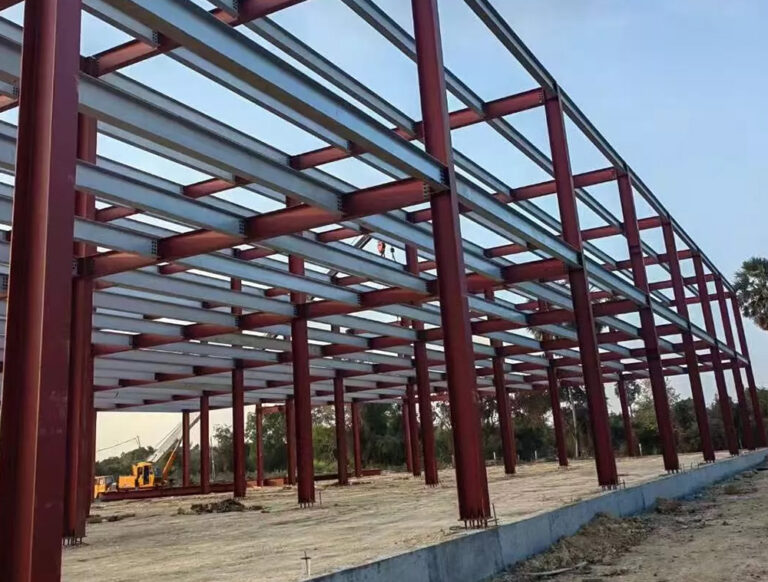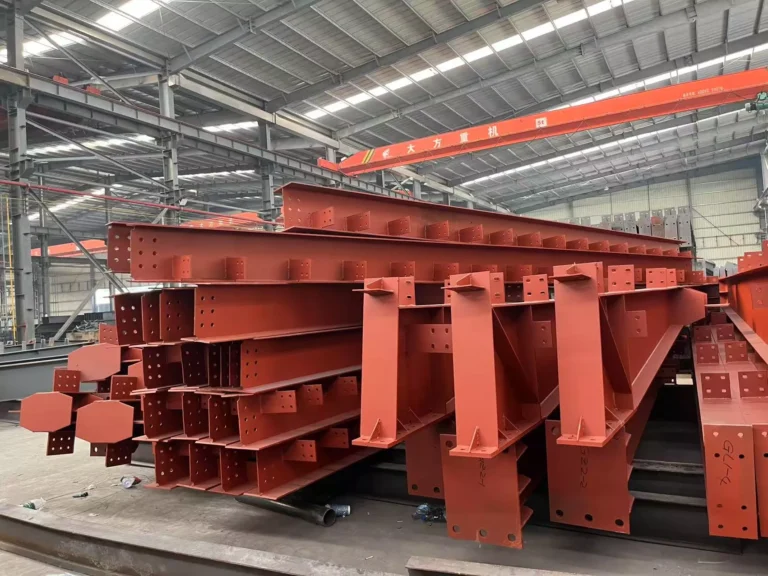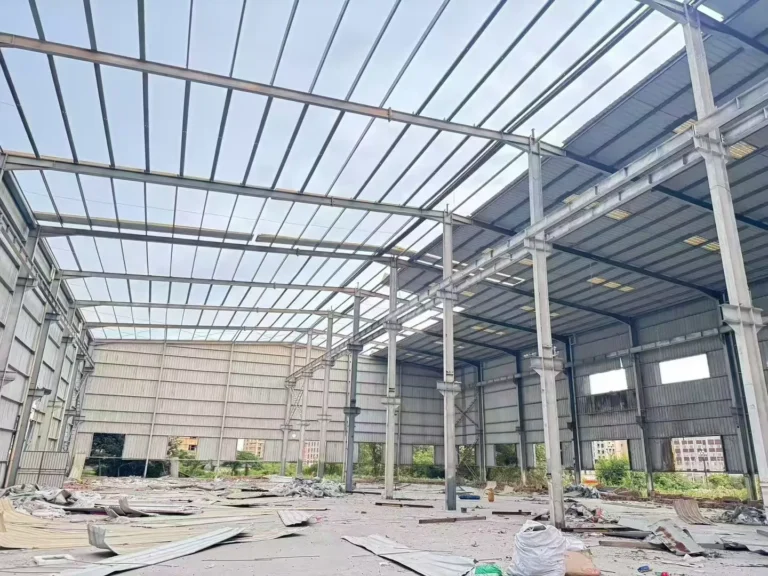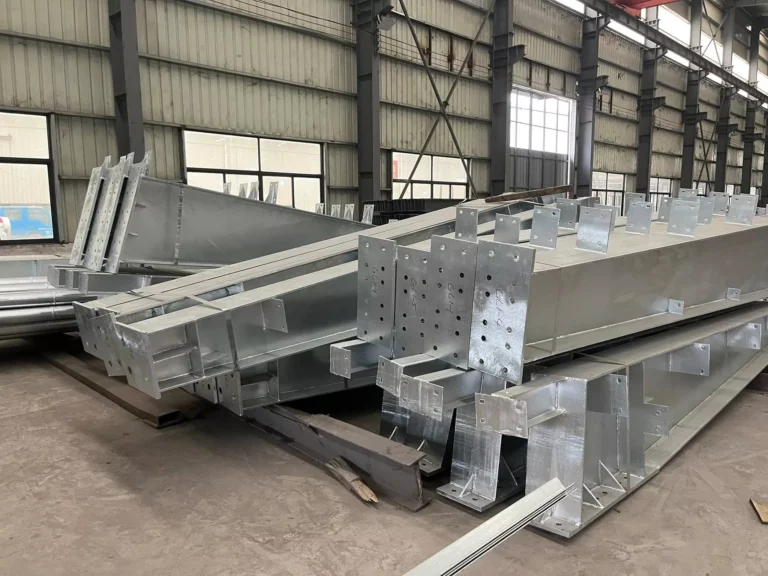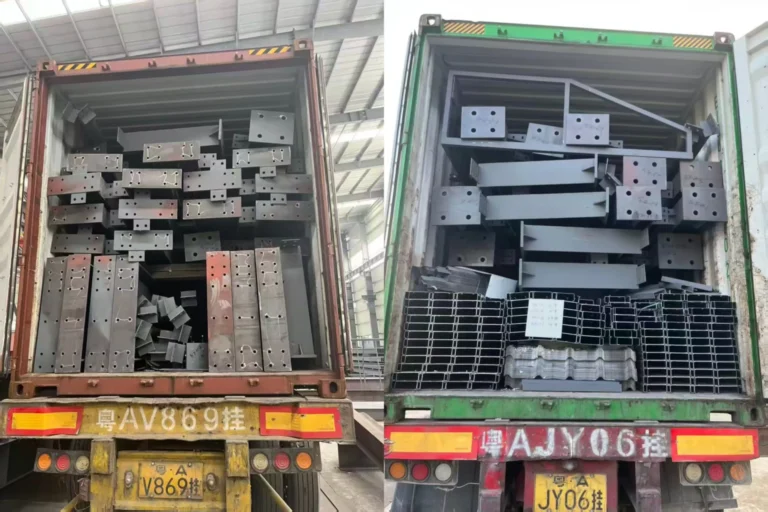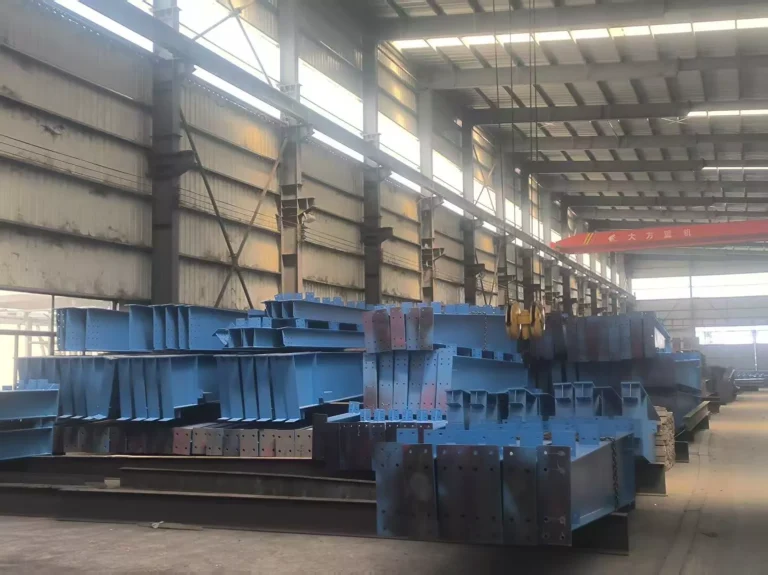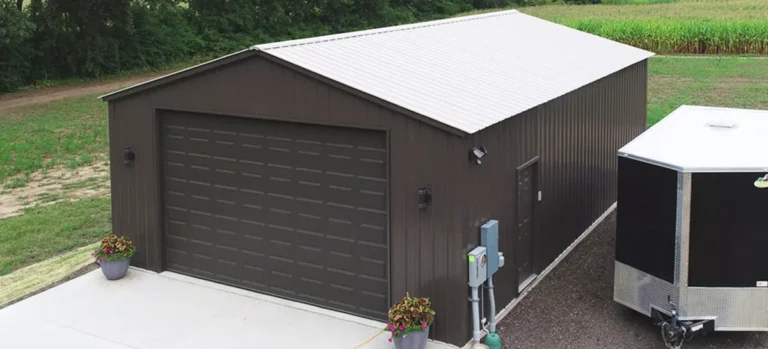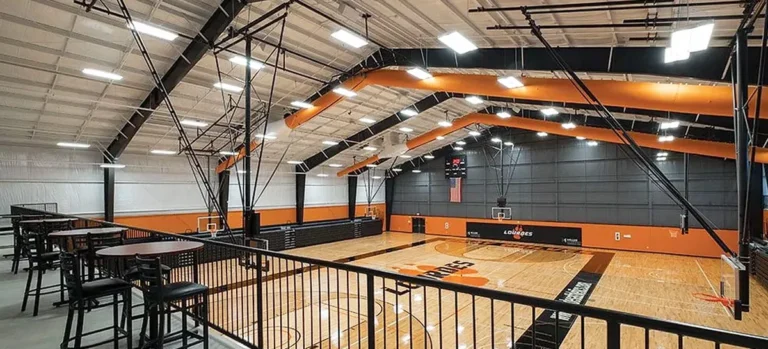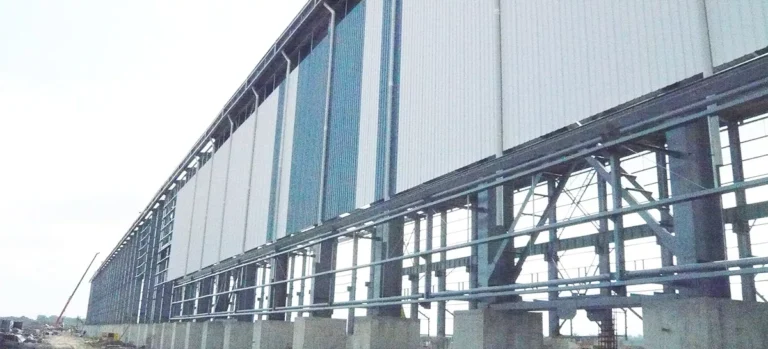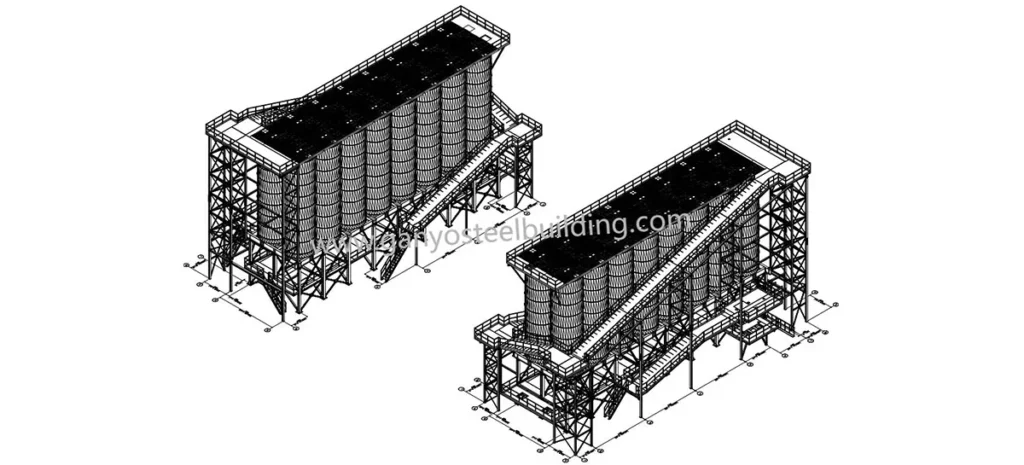
As e-commerce and global trade continue to grow at an unprecedented rate, the demand for efficient, scalable, and space-optimized warehousing solutions is more critical than ever. The need for flexible, multi-level storage systems has driven innovation in warehouse design, and steel structure platforms have emerged as the future of multi-level warehousing. These platforms offer a range of benefits that make them an ideal choice for modern warehouses looking to maximize space, improve efficiency, and reduce costs.
1. Maximizing Vertical Space Utilization
One of the most significant challenges in warehousing is making the most of available space. As land prices soar and space becomes a premium, building upwards is an increasingly attractive solution. Steel structure platforms allow warehouses to capitalize on vertical space, creating additional levels for storage, offices, or production areas without the need for expensive new construction.
Key Advantage: Vertical Expansion
Steel platforms can be easily integrated into existing warehouse structures, enabling the creation of multi-level storage systems that can double or even triple the available storage capacity. This vertical expansion is particularly valuable in urban or high-density areas where horizontal expansion is limited.
2. Flexibility and Customization
The dynamic nature of modern warehousing requires flexible solutions that can adapt to changing needs. Steel structure platforms offer unparalleled flexibility in design and customization, allowing businesses to tailor their storage systems to specific requirements.
Key Advantage: Modular Design
Steel platforms can be designed as modular systems, which means they can be easily reconfigured, expanded, or relocated as business needs evolve. This adaptability ensures that the warehouse can grow in tandem with the business, providing long-term value and reducing the need for costly renovations.
3. Quick and Cost-Effective Installation
In the fast-paced world of logistics, time is money. Traditional construction methods can be time-consuming and disruptive, often leading to significant downtime. Steel structure platforms, on the other hand, can be installed quickly and efficiently, minimizing disruption to warehouse operations.
Key Advantage: Prefabrication
Many steel platforms are prefabricated off-site, meaning components are manufactured to precise specifications and then assembled on-site. This process not only speeds up installation but also reduces labor costs and the potential for construction-related delays.
4. Durability and Longevity
Warehouses are demanding environments that require robust and durable infrastructure. Steel is known for its strength and durability, making it an ideal material for platforms that must support heavy loads and withstand the rigors of daily warehouse operations.
Key Advantage: Low Maintenance
Steel platforms are resistant to pests, fire, and corrosion, ensuring long-lasting performance with minimal maintenance. This durability translates into lower long-term costs, as the need for repairs or replacements is significantly reduced.
5. Enhanced Safety and Compliance
Safety is a top priority in warehousing, where heavy machinery, high shelves, and complex logistics can create a hazardous environment. Steel structure platforms are designed with safety in mind, offering features that protect workers and inventory alike.
Key Advantage: Safety Features
Steel platforms can be equipped with safety features such as handrails, guardrails, non-slip surfaces, and safety gates to prevent accidents and ensure compliance with industry regulations. Additionally, the strength of steel ensures that platforms remain stable and secure, even under heavy loads.
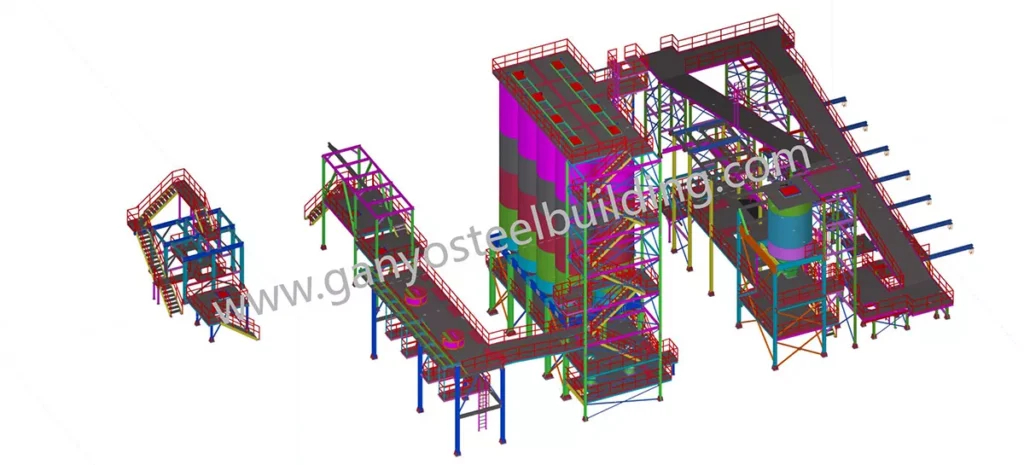
6. Sustainability and Environmental Impact
As businesses increasingly focus on sustainability, the choice of materials in construction projects has become a crucial consideration. Steel is one of the most sustainable building materials available, making it a smart choice for eco-conscious warehousing operations.
Key Advantage: Recyclability
Steel is highly recyclable, with most steel products containing a significant percentage of recycled content. This not only reduces the environmental impact of new construction but also contributes to a circular economy. Moreover, the durability and longevity of steel mean that platforms can be reused or repurposed, further reducing waste.
7. Integration with Advanced Warehouse Technologies
The future of warehousing is increasingly automated, with technologies such as automated storage and retrieval systems (ASRS), conveyor systems, and robotics playing a central role in modern logistics. Steel structure platforms are well-suited to integrate with these advanced technologies, enabling seamless operation and enhanced efficiency.
Key Advantage: Compatibility with Automation
Steel platforms can be designed to accommodate and support automated systems, providing the infrastructure needed to implement cutting-edge warehouse technologies. This integration allows businesses to optimize their operations, reduce labor costs, and improve overall productivity.
Conclusion
As the demands on warehousing continue to grow, the need for innovative, efficient, and scalable solutions has never been greater. Steel structure platforms offer the perfect blend of strength, flexibility, and sustainability, making them the future of multi-level warehousing. By maximizing space, reducing costs, and integrating seamlessly with modern technologies, steel platforms provide the foundation for the next generation of warehousing solutions.
For businesses looking to stay ahead of the curve, investing in steel structure platforms is not just a smart choice—it’s the future of warehousing.
If you’re considering steel structure platforms for your warehousing needs, contact Ganyo Steel Structure for expert advice and custom solutions designed to meet your specific requirements. Email: lizzy@ganyosteelbuilding.com

